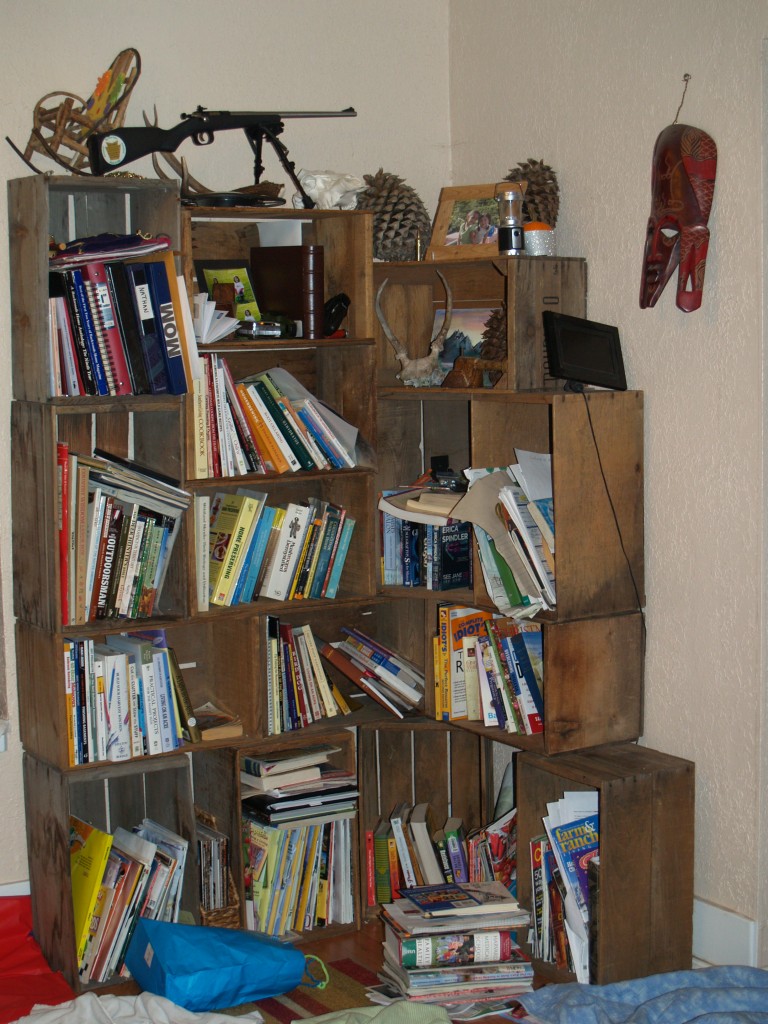Schooling Outside The Box

Homeschooling has been such a blessing this year. I love being with the kids (most of the time 😉 ) and I love watching their wheels turn, while they make new connections, and discoveries. And while I’m sure I still have TONS to learn, I feel pretty confident sharing our successes and tricks.
A topic that has come up more than once when I’m over-zealously sharing our experience with public school moms is “I’d be scared I’d miss something”. That is a valid concern, particularly for someone such as myself, who didn’t want to use a “box curriculum”. Not only do we not have the budget for a complete “open and go” curriculum, but I fear I’d get bored and toss it anyway, or dislike parts of it and just not use those parts, which would lead to–you guessed it–those pesky gaps in learning. Depending on your philosophy, and your state’s law, that could be a problem down the line. I happen to believe there will always be gaps, whichever education you pursue for your child, so philosophically, gaps weren’t a huge concern for me. But there is a certain continuity needed for skill building–I’m thinking math and language arts here– and it’s important to comply with your state’s laws. (More on my opinion about gaps here)
One tool I’ve used to be sure we’re meeting our state’s requirements is a Course Of Study. Simply put this is a one page outline covering what we plan to do for each subject for the year. It may sound overwhelming, but if you’re at the point where you’re researching homeschool, chances are you’ve already started this process mentally.
The first step is to find out which subjects are required by your state. If your state doesn’t set requirements for homeschool, you’ll need to decide which subjects are important to you. Some considerations are future college goals, necessary life skills, and any obstacles you anticipate for your student. We live in a state that requires 11 subjects, but doesn’t specify when, how, or at what level each subject is to be covered. For my Course of Study/outline each subject is a heading.
Now that I have my headings, I just plug in what materials or resources I plan to use for each subject. Some activities, and resources may cover more than one subject, and that is okay. I simply list them separately for each subject. For instance I have Garden listed under Occupational Ed. and Health.
If you’re not sure what to use for a particular subject, a simple google search will provide an overwhelming number of options. I’d recommend you start by asking homeschool families in your area what they are using, and if they would consider letting your observe a school day, or subject period.
Here’s my Course Of Study for 2016/17
Half Acre Cottage School
2016-2017
Course of Study
Required subjects: reading, writing, spelling, language, math, science, social studies, history, health, occupational education, and art and music appreciation.Reading
- Araya will read independently and narrate back to me from her choice of level appropriate books.
- Montana will read with me using Mc Guffey Readers, word building with scrabble tiles, Moby Max
- Whenever possible the other subjects will be literature based (ie living books for history, natural science etc.)
- Weekly library visits
Math
- Math Mammoth (workbook)
- Xtramath/ Moby Max
Science
- Nature notebooks (observations lead to questions/research)
- Weekly nature hike
- Burgess Bird Book For Children
- Museum and Dam Field Trips
Language arts (language/writing/spelling/grammar)
- Reading (living books for history, science, literature, and free reads)
- Copy work from the Bible, literary classics, (and Mc Guffey Readers for Montana )
- Daily journal prompt
- Vocabulary and spelling taken from reading selections
- Araya will compose written narrations for some readings.
- A Child’s Garden Of Verses
History/Social Studies
- An Island Story
- Fifty Famous Stories Retold (emphasize that some stories are based on real people/events but heavily fictionalized)
- Viking Tales
- Biogrophies: Benjamin Franklin, George Washington, Buffalo Bill
Health
- Daily life-conversations with mom, meal planning
- Gymnastics
- Weekly nature walks/hikes
- Garden
Occupational Education
- Life– chores, daily responsibilities
- Volunteering/ Camp Fire
- Garden
- Handicrafts (sewing and cooking at present)
Art and Music Appreciation
- Artist Studies
- Nature Journal
- Composer and Folk Song Studies
- Handicrafts
Remember, while we do have laws we need to follow, many of us choose to homeschool so that we can give our children a customized education. Hopefully this helps you get an idea how to put together your course of study in such a way that you don’t forget any required topics. Feel free to comment with questions on how to actually use any of the resources I’ve listed.

Leave a Reply